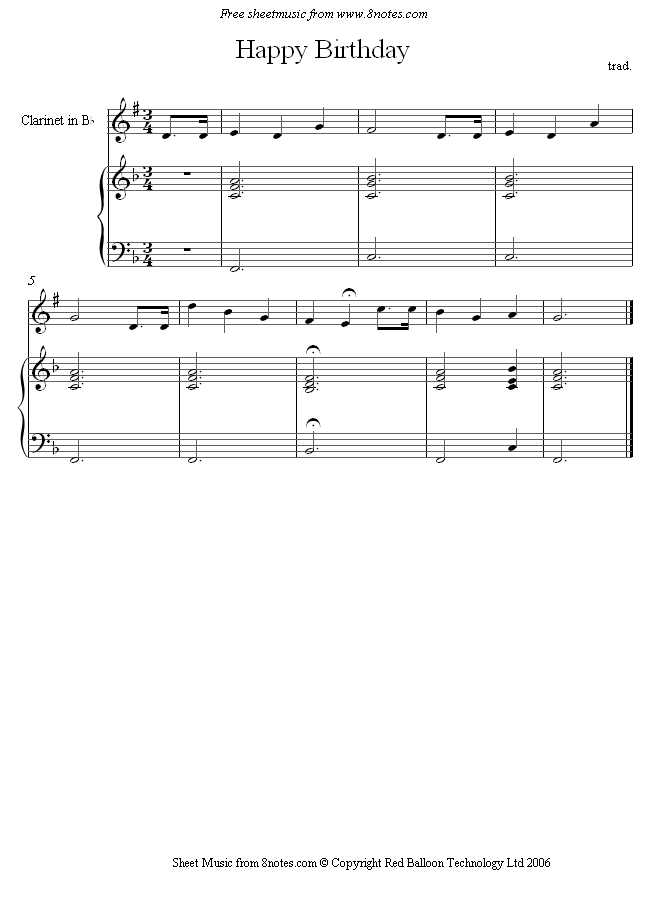
Band
click on the picture for more imformation about the clarinet .
Clarinet.
After having experimented with chalumeaus for a long time, the instrument maker C. H. Denner of Nuremberg, Germany, finally managed to build an instrument, that would not only play the lower register but also the upper one, without sacrificing to much of intonation (that is correctnes of the tone frequency). In order to do this he added two additional holes close to the duodecime key. The remaining problems with intonation the player had to correct with his embouchure.
Woodcut print: oldest description of clarinets, 1740
The German text on the description of 1740 says: "Clarinetto, that is a wooden wind instrument invented by a Nuremberger at the beginning of this century. It is not unlike a long oboe, except that it has a wide mouthpiece. This instruments sounds from afar rather alike a trumpet and it reaches from the Tenor f up to the 2-dashed a, at times up to 3-dashed c.
On the left, the key table says (from top to bottom): Thumb-key, Thumb-hole, Forefinger-key/hole, Middelfinger (hole), ring-finger (hole), then right hand: forefinger, middel finger, ring finger, small finger."
The first clarinets were still very simple and looked much like a larger recorder. They had two keys, later three (our description depicted here shows two: left thumb and left forefinger). The new instrument already had a wider tonal range than oboes or trumpets of that time. And one could play it relatively loud and execute technically difficult runs and jumps besides, which would be impossible on a trumpet. Therefore one at first replaced the high trumpets, the so-called "clarini", with the new instrument. The name "clarinet" might have come from that.
So the clarinet was not just an improved Chalumeau, those two keys made it a completely different instrument. The result was sensational: It was heard in orchestras very soon. Vivaldi wrote or re-wrote three concerty grossi in 1740 already, and Händel composed an Ouverture in 1748, where he demanded clarinets in d.
It is widely accepted that it was C.H. Denner, who invented the instrument, and it is only he who is mentioned in a note published shortly afterwards (the Article above only writes about a "Nuremberger"). Lately it is being discussed whether there might have been others, but there is no proof for that.
In 1760 the famous (and at this time leading edge) Mannheim Orchestra already had a budget for two clarinet players, both musicians were at the same time oboe players, too. From 1778 on they were clarinet players only. Not long after that Mozart wrote his famous works for clarinet - including the concerto for basset clarinet in A (often called concerto for clarinet in A) - that are technically extremely demanding. Even with today's instruments they are a challenge for professional musisicians. At that time clarinets had five technically questionable keys. It is hard to imagine that you could play that music with those instruments at all, but it must have been possible, as the critics were excited (and you must not think that they did not know what quality in instrument making and playing was - it was the time when string instruments like Stradivari violins were built...)
click on the picture for more sheet music.

